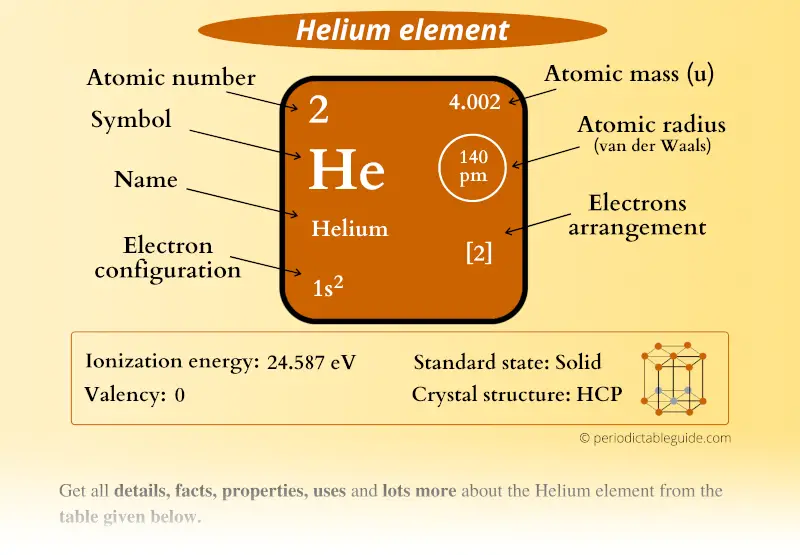
As we’ll see, the electrons in the outermost shell play an important role in bonding between atoms. Subsequent shells can hold more electrons, but the outermost shell of any atom holds no more than eight electrons. If Stanley Park was a helium atom, the nucleus would be the size of a walnut.Įlectrons orbiting around the nucleus of an atom are arranged in shells-also known as “energy levels.” The first shell can hold only two electrons, while the next shell holds up to eight electrons. Stanley Park in Vancouver is about 2 km across.

In other words, a helium atom’s electron cloud is about 100,000 times bigger than its nucleus. The helium nucleus is about 1 femtometre across. The helium atom is about 1 angstrom across. The darker the shade, the more likely that an electron will be there. The dot in the middle is the nucleus, and the surrounding cloud represents where the two electrons might be at any time. Figure 2.1.1 A depiction of a helium atom.Ī helium atom is depicted on Figure 2.1.1. Its atomic number is 92 and its atomic mass is 238 (92 + 146). The most common isotope of uranium has 92 protons and 146 neutrons. Its atomic number is 14 and its atomic mass is 28. For example, silicon has 14 protons and 14 neutrons. For most of the remaining elements there are more neutrons than protons because extra neutrons are needed to keep the nucleus together by overcoming the mutual repulsion of the increasing numbers of protons concentrated in a very small space. For helium, it is 4: two protons and two neutrons.įor most of the 16 lightest elements (up to oxygen) the number of neutrons is equal to the number of protons. For hydrogen, the atomic mass is 1 because there is one proton and no neutrons.
#Helium protons neutrons electrons plus
The number of protons is the atomic number, and the number of protons plus neutrons is the atomic mass. The positively charged protons tend to repel each other, but the neutrons help to hold the nucleus together. All other elements have neutrons as well as protons in their nucleus, such as helium, which is depicted in Figure 2.1.1. The proton forms the nucleus, while the electron orbits around it. The element hydrogen has the simplest atoms, each with just one proton and one electron. Table 2.1 Charges and masses of the particles within atoms Elementary Particle Both protons and neutrons have a mass of 1, while electrons have almost no mass. The −1 charge of one electron balances the +1 charge of one proton. As summarized in Table 2.1, protons are positively charged, neutrons are uncharged and electrons are negatively charged. You have already learned that the mass of an electron is very, very small compared to the mass of either a proton or a neutron (like the mass of a penny compared to the mass of a bowling ball).2.1 Electrons, Protons, Neutrons, and AtomsĪll matter that we are familiar with, including mineral crystals, is made up of atoms, and all atoms are made up of three main particles: protons, neutrons, and electrons.

The mass of an atom depends on the number of protons and neutrons. Why do you think that the "mass number" includes protons and neutrons, but not electrons? You know that most of the mass of an atom is concentrated in its nucleus. For example, some helium atoms have three neutrons instead of two (these are called isotopes and are discussed in detail later on). Because the number of neutrons can vary for a given element, the mass numbers of different atoms of an element may also vary. Atoms with the same number of protons but different numbers of neutrons are called isotopes. However, some helium atoms have more or less than two neutrons.


 0 kommentar(er)
0 kommentar(er)
